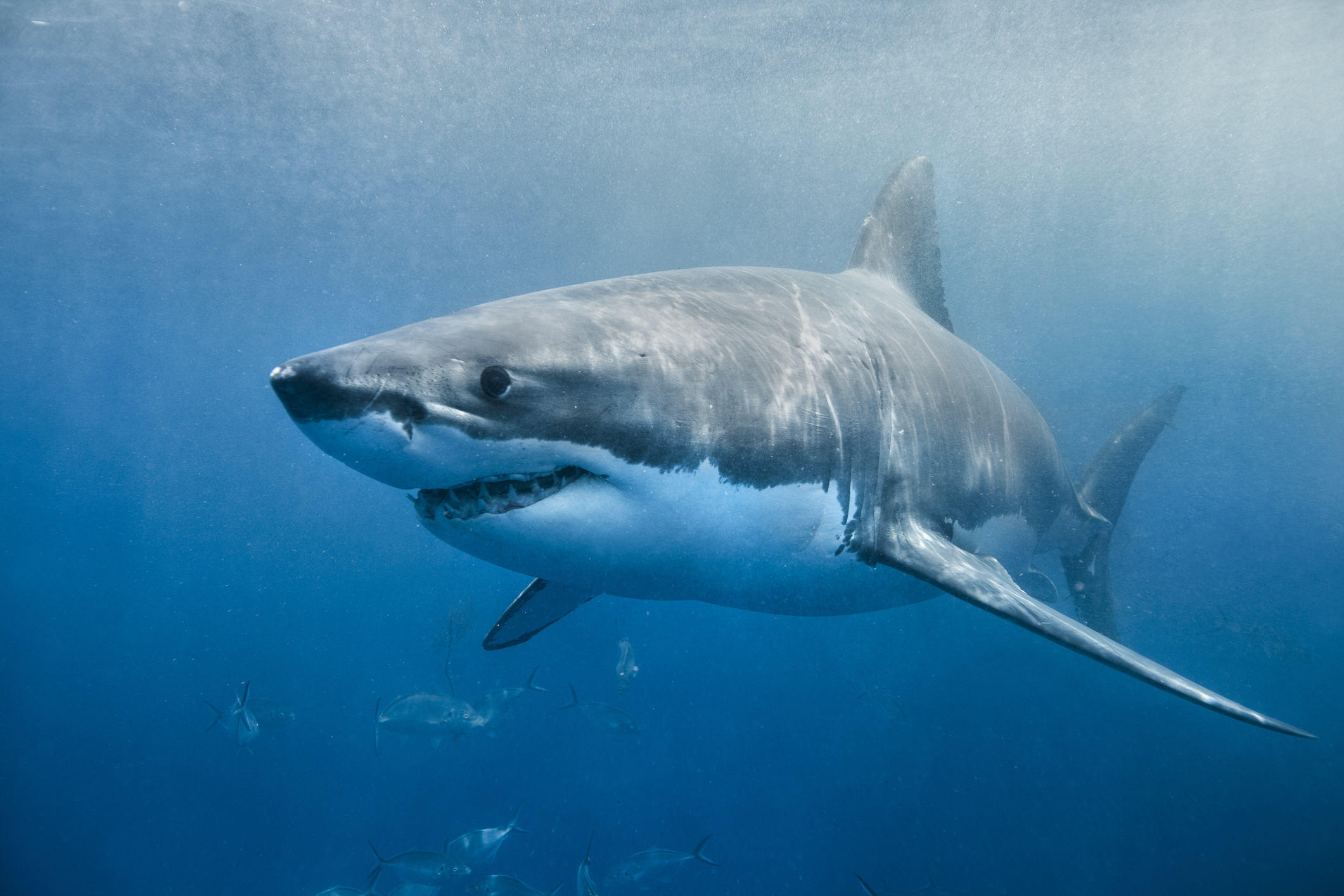Mapping Out the Future of Shark Research
As much as it may appear that shark biologists have already discovered about white sharks, there is still a lot of research to be conducted and many questions to be answered. A recent paper from a group of scientists including Florida Tech’s Toby Daly-Engel lays out a road map for the research to come.
The paper, Future Research Directions on the “Elusive” White Shark, was published in the December issue of Frontiers in Marine Science.
The paper features 45 co-authors from across the world, including Australia, Mexico, South Africa and the United States. The team brainstormed subjects they found important to know about white sharks, wrote a section of the paper, and Daly-Engel and others edited the work, adding material to the paper.
Some of the points analyzed in the 15-page paper included size and status of white shark populations, mechanisms driving the distributions, movements and migrations of white sharks, and understanding where and white sharks are outside of key hotspots and how frequently. The paper also looks at the potential of climate change affecting shark populations, and the socio-economic benefits and ecological effects of wildlife tourism on the animals, such as the shark cage-diving industry, which as generated $314 million annually.
With so many researchers providing diverse expertise, the team hopes the topics in the paper will give future researchers a guide for further study.
The paper also gave the authors the chance to learn from each other and expand their knowledge on white shark populations in various areas of the globe.
“Our hope is that this will help focus the research going forward in a way that is helpful to the future of the species,” Daly-Engel said.
For Daly-Engel, reproductive cycle research is of great interest, not only because it is her academic focus, but also because knowing the areas where sharks give birth could assist with conservation and management.
“We know some places where the pups are, but we really don’t know the ‘where’ of a lot of the shark’s cycles – where they are mating, where they are giving birth,” she said. “We know where the babies end up and where the adults are sometimes, but we haven’t been able to connect the dots.”
Click here to support Shark Conservation Research at Florida Tech.
###





